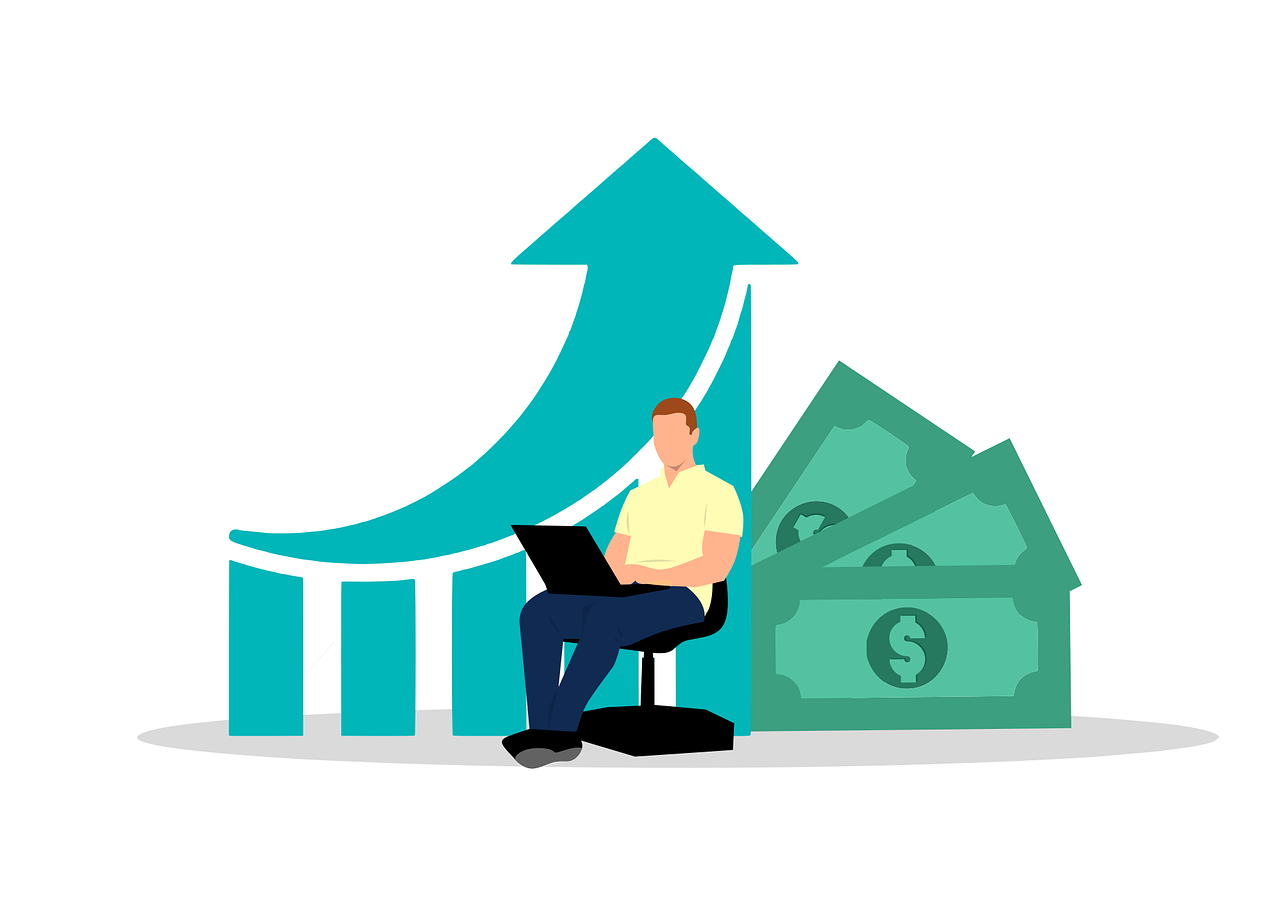The US economy is slowing down, and consumer spending is revising lower. The Federal Reserve’s latest report on economic growth shows that the US gross domestic product (GDP) growth rate has been revised lower for the fourth quarter of 2020, while consumer spending cooled off with a 0.8% decline in January 2021. So, what does this mean for the US economy? In this blog post, we will explore how this slowdown in economic growth and consumer spending could affect short-term economic trends and long-term economic health. We’ll also discuss what kind of measures the government can take to stimulate the economy along with ways individuals can help make a difference.
US consumer spending slows in face of weaker economy
As the US economy continues to sputter, consumers are tightening their belts and spending less. This is evident in the latest figures from the Commerce Department, which show that consumer spending rose a mere 0.1% in August, down from 0.4% in July.
The slowdown in spending comes as no surprise, as businesses have been cutting back on investment and hiring in recent months amid concerns about the strength of the economy. With fewer jobs and wages stagnating, households have less money to spend.
This is having a ripple effect on the economy, as lower consumer spending leads to weaker economic growth. In fact, the Commerce Department revised its estimate of second-quarter GDP growth downward from 1.7% to 1.3%.
The hope is that this slowdown in consumer spending is only temporary, as the economy continues to adjust to slower growth. But with businesses still cautious about investing and hiring, it may be some time before consumers feel confident enough to start spending again at pre-recession levels.
Households cut back on discretionary spending
As the US economy continues to experience slower than expected growth, households are cutting back on discretionary spending. This includes spending on items such as entertainment, vacations, and non-essential purchases.
While some may view this as a negative development, it can actually be a good thing for the economy in the long run. When consumers are more cautious with their spending, it helps to keep inflation in check and can lead to more sustainable economic growth.
So far, there has been no sign that the slowdown in consumer spending is having a major impact on the overall economy. However, it is something that policy makers will be closely monitoring in the months ahead.
Americans are saving more and borrowing less
After years of borrowing and spending beyond their means, Americans are finally starting to save again. The personal savings rate – the percentage of disposable income that households save – rose to 3.3 percent in the first quarter of 2013, up from 2.7 percent in the previous quarter. And while that’s still below the long-term average of 5.5 percent, it’s a significant improvement from recent years.
At the same time, Americans are borrowing less. Total consumer debt fell by $79 billion in the first quarter, to $11.52 trillion. That’s the lowest level since 2007, and reflects a continued decline in mortgage debt and a slowdown in student loan borrowing.
The combination of saving more and borrowing less is good news for the economy. It means that consumers are becoming less reliant on credit to finance their spending, which should lead to more sustainable growth in the future.
What this means for the US economy
In short, the US economy is growing at a slower pace than previously thought. This revised growth rate means that consumer spending, which accounts for 70% of US economic activity, is also cooling off.
This is concerning news for the US economy, as consumer spending is a key driver of growth. When consumers spend less, businesses make less money and are forced to cut back on investment and hiring. This can lead to a downward spiral in economic activity.
There are a few silver linings to this news. First, the slower growth rate is still positive, meaning the US economy is still expanding. Second, the revision was due in part to one-time factors like lower government spending and a decrease in inventories. If these factors are reversed in the coming months, then growth could pick up again.
Overall, though, this news is a reminder that the US economy is not immune to global economic headwinds. With Europe’s economy slowing down and China’s trade war with the US taking a toll on both countries, it’s clear that these challenges are weighing on the US economy as well.
Conclusion
The recent revision of economic growth coupled with the cooling off in consumer spending has put a damper on financial optimism, especially for those looking to make investments or plan for the future. Despite this period of uncertainty and hesitance in consumer spending, economists are hopeful that by making adjustments and preparing for potential downturns in the market, we can continue to move forward as an economy and come out stronger than ever before.










